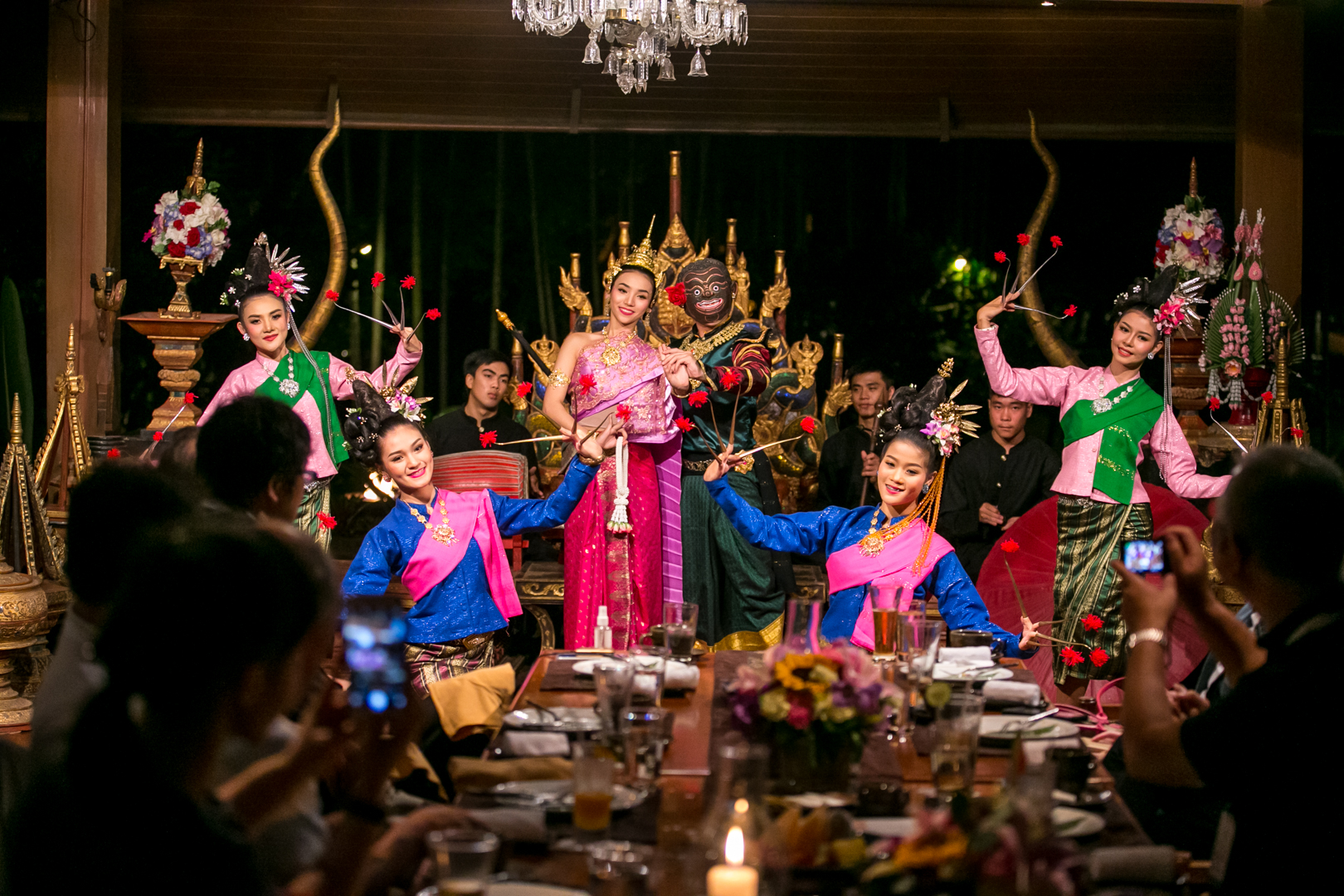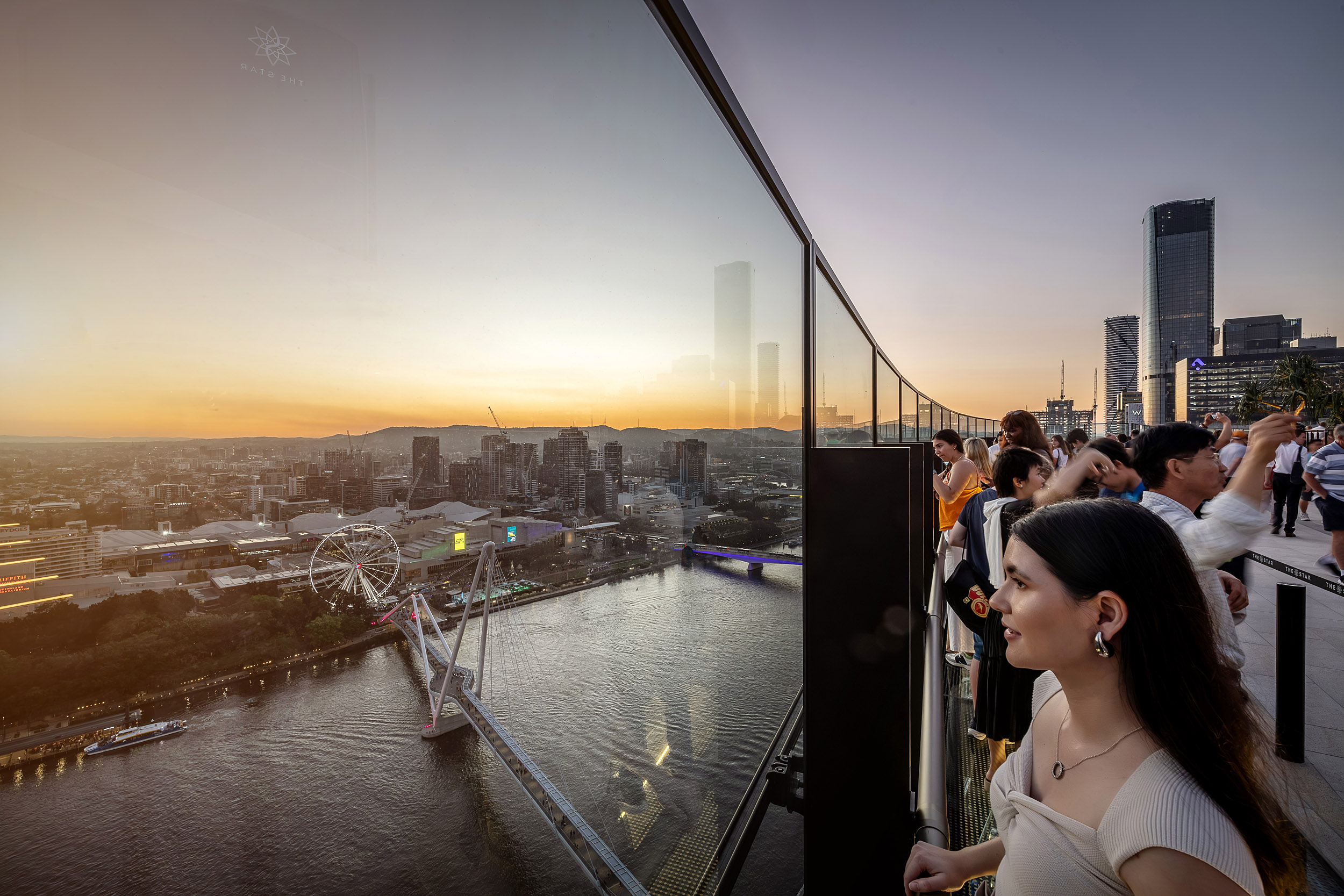China is on track to surpass the US and become the world’s biggest market for corporate travel spending by 2014, according to the Global Business Travel Association (GBTA). By 2013 GBTA also believes that US$245 billion will be spent on corporate travel. With such rich incentive, it’s not surprising to find that corporate travel has begun to expand into more untapped markets. Today’s corporate travellers can expect to find themselves farther away from the major gateway cities of Shanghai, Beijing and Guangzhou and even beyond Hainan Island and Hangzhou – both of which have become popular business meeting destinations in recent years.
From the heritage appeal of Tianjin, to the lakeside serenity of Ningbo and coastal charms of Xiamen, the higher profile second- and third-tier cities along China’s eastern coast are emerging as promising alternatives to their first-tier counterparts. These aspiring business meeting destinations offer freshly minted venues, international-standard hotels, competitive pricing and fresh experiences for delegates. They also meet the needs of expanding local and international companies that need to get closer to both their suppliers and consumers.
The drivers
The expanding high-speed train network, upgraded airports and ever-improving flight options have put many of China’s east-coast cities on the map, making them more accessible than ever before. This in turn has prompted further investment and growth, with business tourism earmarked by provincial and city governments as a top priority revenue generator.
East-coast Chinese cities such as Dalian, Tianjin, Qingdao, Nanjing and Xiamen are already beloved tourism destinations for domestic travellers on account of their signature scenery and unique histories. Now, however, these hotbeds of economic development are rolling out the red carpet for corporate groups in the form of impressive new conference centres, exhibition halls and cultural venues, often located in shiny “new districts”, carefully master-planned in order to integrate transport hubs and entertainment options.
Luxury hotels, meanwhile, are mushrooming, their eye on the meetings market evident in the strong focus placed on meeting venues and event facilities. It is not uncommon for the highlight areas of these new hotels to be reserved for corporate use. Club lounges and meeting rooms are increasingly found in penthouse locations, whilst event and wedding pavilions monopolise the finest views.
It’s not only the destinations encouraging this diversification. With the expansion of companies – from banking and luxury goods to automobiles and consumer durables – into lower-tier markets, it follows that company executives are looking to better understand their customers and establish new connections. Often corporate events are considered a good opportunity to educate global colleagues with insights into unique regional markets and explore new relationships, along with the usual team-building and incentive fun.
The demand for meetings and incentives within second- and third-tier cities has caused a shift in services offered by many firms. Pivot Marketing, a Shanghai-based event organiser, has recently begun branching out into China’s lesser-known cities. Founder Emmeline Yuen says: “It really depends on the client, the industry and the purpose of the event. For some, it’s a case of wanting to wow their clients with something that has never been seen or done before.”
Coastal cities on the rise
Over the past few years, the historic northern port cities of Dalian and Tianjin have taken turns hosting the World Economic Forum’s prestigious Annual Meeting of the New Champions or, as it’s nicknamed, “Summer Davos”. This event is Asia’s foremost global business gathering, and it brings together more than 1,500 participants from 90 countries. Such a large and prestigious event has given these cities an edge in terms of business meeting experiences and resources, something that is often found lacking outside China’s gateway cities.
Yuen says: “We recently chose Dalian to host a 2.5-day annual internal company conference for a media company. It appealed to us as it’s not only an attractive city but has good resources such as experienced technical simultaneous translators and supportive hotels with great facilities.” Dalian’s Zhoushuizi International Airport is also well serviced with direct flights from all over China as well as Japan, South Korea and Russia, making it easy to accommodate guests flying in from across the region.
Douglas Red, founder of Tianjin-based Asian Walking Tours, arranges themed walks for corporate groups of up to 15 guests. He says: “Tianjin is the great overlooked historical gem of China. Our relaxed tours make great team outings; we focus on the people and events that took place amongst the historic buildings that still stand in Tianjin."
As well as top-tier venues and experienced providers, Tianjin also capitalises on its close proximity to the Chinese capital of Beijing, which is less than 30 minutes away by fast train. This has encouraged the hosting of twin-centred events.
Similarly, a 2.5-hour drive from Shanghai, Ningbo has emerged as one of eastern China’s most attractive meeting destinations. In 2012, domestic tourism arrivals grew by just under 11 per cent year-on-year, and international visitors by just over 8 per cent. The 2013 outlook is even brighter, as the opening of a 150km-long Hangzhou-Ningbo express train line in July will cut travel between the two cities from two hours to just 35 minutes.
Elaine Chan, editor of Ningbo Focus, a bilingual business magazine, says: “Ningbo is an attractive choice for event organisers as its new facilities are on par with first-tier cities but considerably less expensive. The city also enjoys less traffic congestion and pollution, and has a wide selection of restaurants, bars and tourist sites.”
In addition to one of the country’s largest conference and exhibition centres covering 44.4 hectares, a suite of recent hotel openings has raised Ningbo’s appeal. Leading five-star hotels in downtown Ningbo, including Shangri-La, The Westin and Pan Pacific, each feature more than 5,000 sqm of facilities.
Just outside the city on the banks of Ningbo’s main natural attraction, Dongqian Lake, Park Hyatt’s first resort in Greater China, Park Hyatt Ningbo Resort & Spa, has proven a huge draw for organisers and won “lakeside meeting hotel of the year” in the China Travel & Meetings Industry Awards. In 2012, its first year of opening, the resort hosted 296 meeting and incentive groups, including a 462-person delegation from the World Bank. Along with top-tier amenities, unique event venues include a 600-year-old wooden ancestral house and alfresco gala dinners beside the lake.
Sandy He, Park Hyatt Ningbo’s event planning manager, says: “Organisers are attracted by Ningbo’s convenience. Ningbo’s seafood is famous throughout China so catering is a breeze. It’s also not a big city, so most scenic spots are close by, which makes it easy for organisers to arrange half- or one-day excursions between meetings.”
On the southeast coast in Fujian province, Xiamen is regarded as China’s most romantic leisure city. It also has its sights set on becoming an international cruise hub and a leading player in the meeting and incentive market. According to Zheng Chunchun, deputy director of the Xiamen Key Construction Projects Office, the government is investing US$11.7 billion in new tourism and infrastructure projects in 2013. These include the much-needed Terminal 4 at Xiamen Gaoqi International Airport which has been designed to handle an annual passenger throughput of up to 12 million.
Beijing-based events company WildChina is confident in Xiamen’s appeal as a MICE destination. Nellie Connolly, director of WildChina, says: “We hosted a four-day corporate event in Xiamen last year, and we’re planning another trip this year for a group of US China scholars.”
The client’s brief was to bring the global partners together to visit and liaise with white-goods factories in the area, as well as engage in team-building activities. Xiamen’s Gulangyu Island provided great scope for WildChina’s “Wild Race”, an Amazing Race-style team-building activity. Connolly says: “We visited interesting bookstores and quaint cafés, enjoyed some downtime on the beach and dined at the famed Jia Li Seafood restaurant.”
Second-tier challenges
Event organisers looking to excite delegates with new experiences in less-explored regions of China can find plenty of scope – and savings – in second-tier cities. Orchestration, though, is key. Inbound groups tend to stick with experienced event companies from the big cities in order to ensure their quality expectations are met.
WildChina’s Connelly says: “Events in emerging cities tend to involve a much larger team to ensure the same standards of service. For example, for a 30-person group in Xiamen we used three local guides and four staff members. Corporates should factor in these additional costs.”
Pivot’s Yuen also has suggestions. She says: “Emerging cities in China still need to encourage more investment in industries related to business meetings and incentives, such as production companies, entertainment, talent and floral, so that we have more resources to call on for business events and incentive activities.”
At the current rate of economic and tourism development in China’s second-tier cities, organisers believe that conquering these frontiers is only a matter of time.
SECOND-TIER CITIES TO WATCH
Ningbo
The thriving seaport city of Ningbo faces Hangzhou Bay and the East China Sea. It is a 2.5-hour drive south from Shanghai, via the 36km-long Hangzhou Bay Bridge. An important trading city on the ancient Marine Silk Road, Ningbo is now home to the world’s largest deepwater port and forms a “Golden Triangle” of manufacturing and commerce with Shanghai and Hangzhou. For dining, Ningbo’s seafood is renowned across China. Its scenic highlights include Tianyi Pavilion, home to China’s oldest library; the 17th century Bund which faces the confluence of three rivers; and the picturesque Dongqian Lake. Ningbo Lishe International Airport serves flights from across China, plus Hong Kong, Taipei and Singapore.
Dalian
Surrounded by the waters of the Yellow Sea and Bohai Sea, Dalian occupies a narrow isthmus of the Liaodong Peninsula in northern China’s Liaoning province. The city sits on China’s northernmost warm-water port, and serves as a strategic international shipping centre and logistics hub as well as a regional financial and IT base. Dalian’s many beaches, mountains and hot springs, in addition to its European-influenced heritage architecture, are a draw for tourists. Dalian Zhoushuizi International Airport has direct flights to most major cities in China, as well as cities in Japan, South Korea and Russia.
Xiamen
In southeast Fujian province, the port city of Xiamen looks directly towards the island of Taiwan, located 180 km across the Taiwan Strait. The city is one of China’s most beloved tourism destinations on account of its picturesque islands, beaches and historic treasures. The atmospheric Gulangyu, or Piano Island, is a premier attraction. This car-free island, a five-minute ferry ride from Xiamen Island, is filled with European-style architecture, beaches and quaint cafés. Xiamen Gaoqi International Airport is well serviced with direct flights to all major Chinese cities and regional commercial hubs including Tokyo, Seoul, Bangkok, Kuala Lumpur, Manila, Jakarta, Singapore, as well as Amsterdam in Europe.
Tianjin
Tianjin is one of four Chinese cities whose municipal authority reports directly to the Beijing government, and has the fourth largest urban population after Shanghai, Beijing and Guangzhou. Bifurcated by the pretty Hai River, the city has been a major seaport and gateway to the capital Beijing since the mid-19th century. Opened as a foreign “treaty port” after the Second Opium War in 1859, it was carved into eight foreign-run concessions and its exotic architectural legacy remains, particularly in the former British, French and Italian concessions. Tianjin Binhai International Airport connects to cities across China, plus key locations in Japan, South Korea and Singapore.
THE PROFESSIONALS
Pivot Marketing: tel +86 21 6280 9912, email: info@pivot-marketing.com, www.pivot-marketing.com
WildChina: tel: tel +86 10 6465 6602, email: info@wildchina.com, www.wildchina.com
Asia Walking Tours, Tianjin: tel +86 135 0207 7630, email: contact.us@asiawalkingtours.com, www.asiawalkingtours.com
Park Hyatt Ningbo Resort & Spa: tel +86 574 2888 1234, email: ninph.info@hyatt.com, http://ningbo.park.hyatt.com


